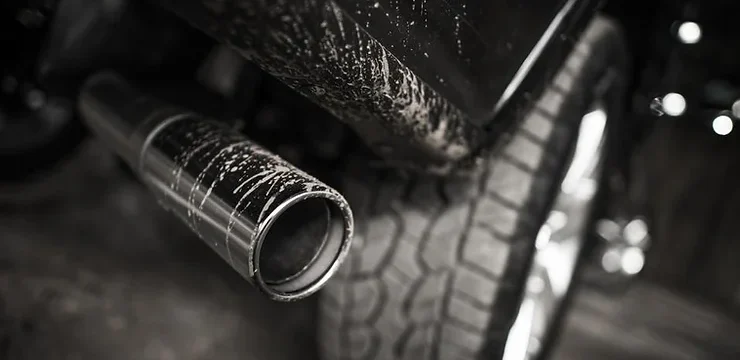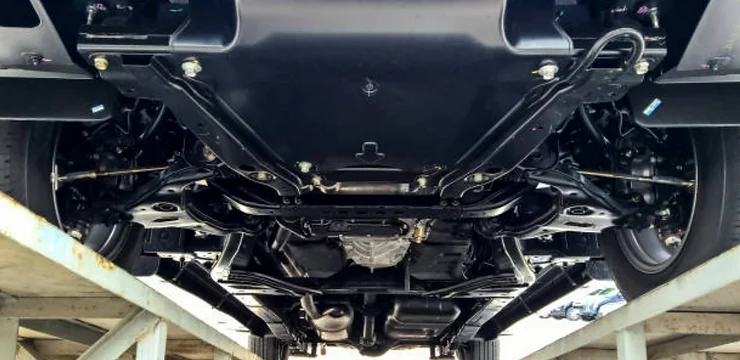We love our diesel truck and all the horsepower that those big, beautiful engines put out while we are hauling down the highway, but if there is any one thing we can say we love more… it’s our planet. That having been said, our favorite trucks aren’t always kind to our planet’s atmosphere when they start aging, so here are some things you can do with that bad boy that can make it better for our eco-system.
-
Change your oil – I know this sounds like a no brainer, but keeping up with regular oil changes will definitely help keep down harmful emissions in your truck, and it will only serve to help keep that beast running for you for a long time.
-
Keep your air filter clean – Once again, sounds pretty simple and it really is. Standard upkeep of your truck such as changing your air filter is essential for lowering the emissions of your truck. The harder your engine has to work, the more emissions it produces.
-
Maintain proper tire pressure – If your tire pressure is low, you can see an decrease of up to 20% in fuel economy, which means more emissions per mile you drive.
-
Reduce Idle Time – If you are going to be waiting for someone or something in your truck for more than a minute, you should shut off your engine. Many people believe that starting your truck would use more fuel than just leaving it on, but that’s not true. No need to keep it running unless you are ready to go.
-
Change up your driving style – I know it’s always fun to let your engine rev up high and sound like you’re on a race track going down the highway, but if you want to help keep your emissions down and fuel economy up, don’t rev your engine so high, change gears lower, brake sooner, and slow down. It will also help increase the life of your engine.








